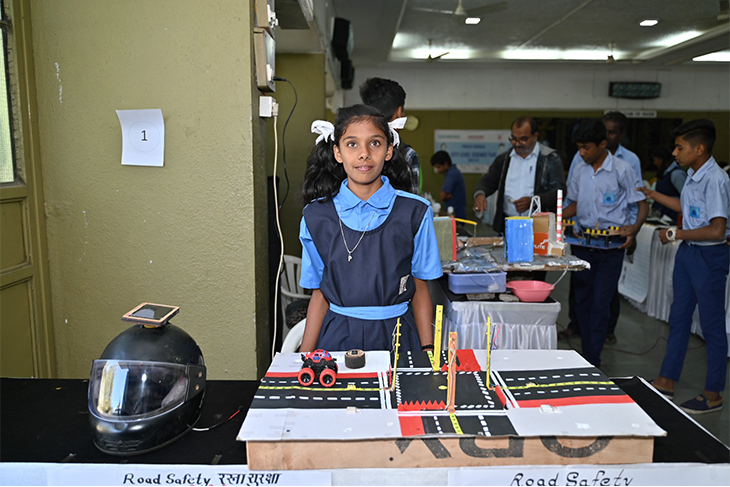India, with its rich history of contributions to science, mathematics and technology, is now at a critical juncture where technology is playing an important role in shaping the future of STEM (Science, Technology, Engineering and Mathematics) education in the country. As the world becomes increasingly digital, the incorporation of technology in education is not just a trend but a necessity. Let’s explore the evolving landscape of STEM education in India, the role of technology and the potential impact on the future workforce to know how best we should build the future.
STEM education in India has traditionally faced challenges, including a lack of quality resources, outdated curriculum and limited access to practical learning opportunities due to the emphasis on rote learning and memorisation. However, recent years have seen a shift in focus, with a recognition of the importance of STEM fields for national development and global competitiveness. Efforts are being made to revamp the education system to align with the demands of the 21st century workforce.
Technology has ushered in a new era of interactive learning platforms that go beyond textbooks. Virtual labs, simulations and educational apps provide students with hands-on experiences, bridging the gap between theoretical knowledge and practical application. These platforms make STEM subjects more engaging and accessible, especially for students in remote areas.
Massive Open Online Courses (MOOCs) have gained popularity, offering courses from top universities and institutions globally. Platforms like Coursera, edX and Khan Academy provide a range of STEM courses, allowing students to learn at their own pace. This democratization of education has the potential to reach millions of learners, irrespective of their geographic location.
Technology-driven adaptive learning systems use data analytics to tailor educational content based on individual student needs. These systems identify area where a student may be struggling and provide targeted resources to address those challenges. Adaptive learning ensures personalised learning experiences, catering to the diverse learning styles of student. Furthermore, virtual labs enable students to conduct experiments in a simulated environment, fostering a deeper understanding of scientific principles.
Technology facilitates collaboration among students and educators. Online platforms and tools enable real-time collaboration on projects, encouraging teamwork and communication skills. These collaborative experiences mirror the collaborative nature of scientific and technological advancements in the professional world.
While the integration of technology in STEM education brings forth numerous benefits, it also poses challenges that needs to be addressed for a comprehensive transformation. The digital divide remains a significant concern, with disparities in access to technology and the internet. Bridging this gap is crucial to ensure that all students, regardless of their socio-economic background, have equal opportunities to benefit from technology usage. Educators also need adequate training to effectively integrate technology into their teaching methods. Providing ongoing professional development opportunities for teachers ensures they are well-equipped to navigate usage of technology. Additionally, the ethical use of technology in education, including data privacy and security, must be prioritised. Implementing safeguards to protect students’ personal information and ensuring ethnical practices in the development of education technology tools are crucial steps.
While technological advances and online learning platforms play a crucial role in STEM education, they are not a substitute for the invaluable presence of teachers in physical classrooms. The COVID-19 pandemic underscored the significance of traditional classrooms, emphasizing the need for a balanced approach that combines physical classrooms, skilled educators and technology-driven learning programmes. The most effective STEM education model integrates these components synergistically, harnessing the benefits of technology while ensuring the guidance and mentorship of qualified teachers within a physical classroom setting.
Technology is a powerful catalyst for transforming STEM education in India. Embracing innovative tools and methodologies can create a dynamic and inclusive learning environment, preparing students for the challenges and opportunities of the future. By addressing challenges and leveraging the potential of educational technology, we can foster a generation of skilled professionals ready to contributes to the fields of science and technology.
Disclaimer: The article was originally published on CXOToday. The views expressed in the article are the author’s and do not necessarily reflect those of ActionAid Association.
 Author: Mashkoor Alam | Shalini Perumal
Author: Mashkoor Alam | Shalini Perumal

